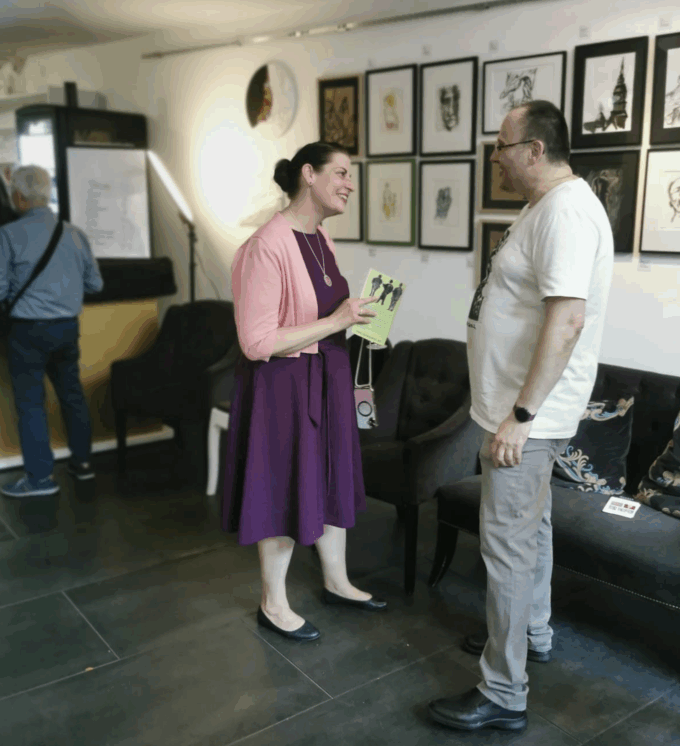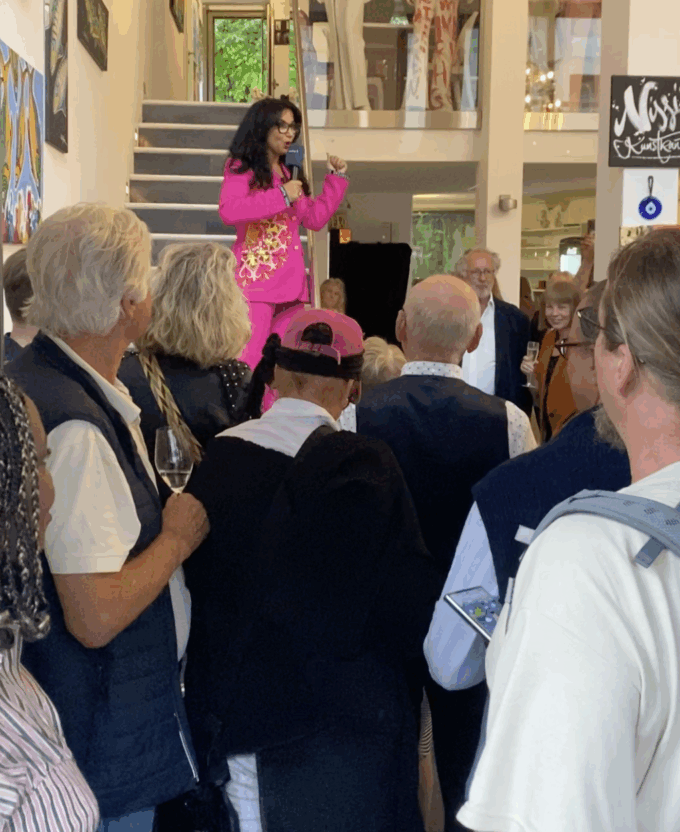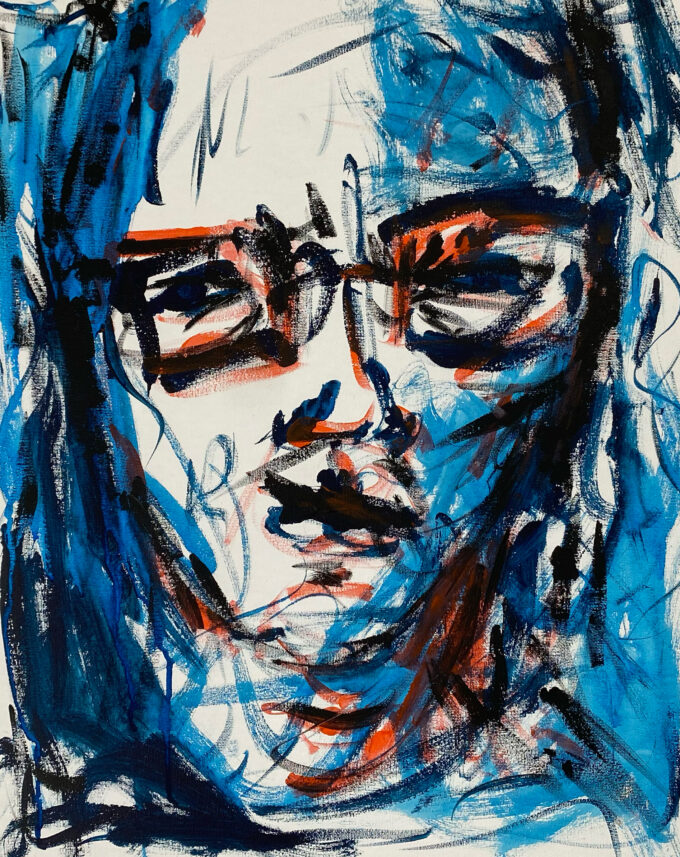Exploring generative art has been a fascinating journey for me. I’ve spent countless hours experimenting with code, feeling like an explorer in a realm where randomness and chaos dictate the outcome.
However, it pains me to see how generative art is sometimes misused in the NFT world. It’s become more about quantity than quality, flooding the market with countless similar images and diminishing the value of each piece. What was once a unique form of expression now feels like a mass-produced commodity.
In response, I’ve decided to stay true to my artistic vision. While I continue to refine my generative pixel art project, “The Patterns of Chaos,” I won’t succumb to the pressure of churning out endless NFTs for profit. Instead, I’ll focus on creating a select few pieces, each with its own special meaning and significance.
As a generative artist, I see myself as an explorer, not just fixated on the final outcome but reveling in the creative process itself. Each dive into the possibilities of my algorithms feels like a journey of discovery, uncovering hidden treasures along the way.
There’s a certain allure to this process, a thrill akin to embarking on a spiritual quest. The unpredictability of generative algorithms adds an element of surprise, where even the smallest tweak can lead to a completely new creation. It’s this blend of randomness and chaos that makes generative art so enthralling.
At the core of every generative algorithm lies randomness, though it operates within certain parameters. Despite its seemingly haphazard nature, it adheres to specific rules, creating a unique dialogue between the artist and technology.
My ultimate goal is to infuse emotion into my art and its output. I believe that imperfection is key to achieving this, as it adds depth and authenticity to the digital realm, which often feels too perfect and sterile.
Furthermore, I’m passionate about bridging the gap between the digital and physical worlds in my work. By integrating both realms, I hope to create art that resonates more deeply with viewers, capturing the essence of reality in a digital format.
Conveying a message through generative art is another significant challenge, given the inherent randomness of the process. However, it’s a challenge I’m eager to tackle, relying on intuition and personal principles to guide me.
In conclusion, generative art presents three primary challenges: expressing emotions effectively, conveying messages through artwork, and determining the most exceptional pieces from countless options. These challenges drive me forward, pushing the boundaries of what’s possible in the world of digital art.



